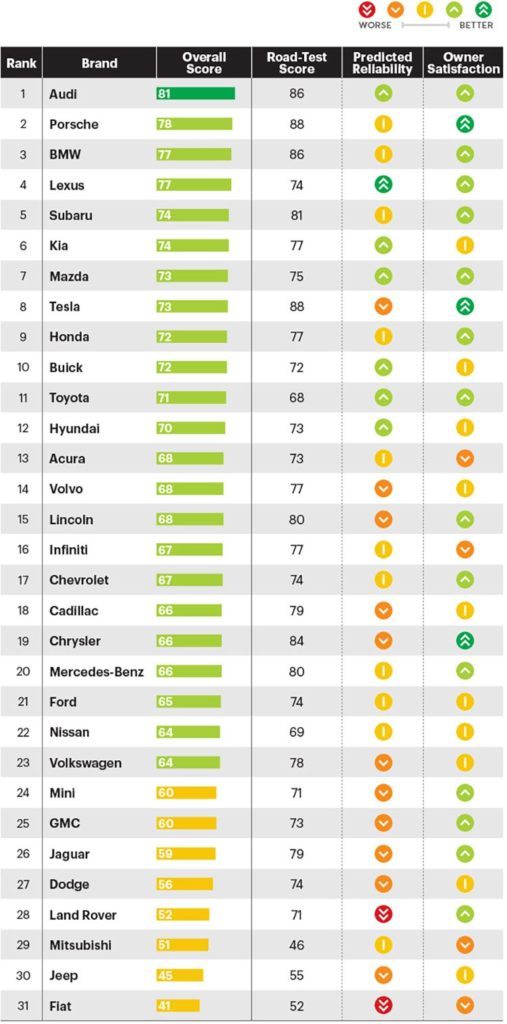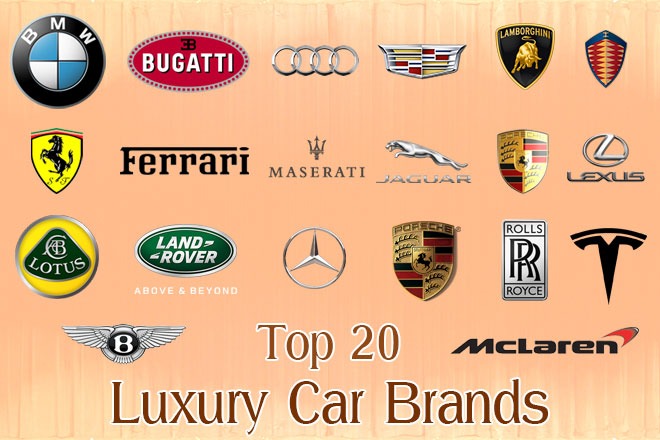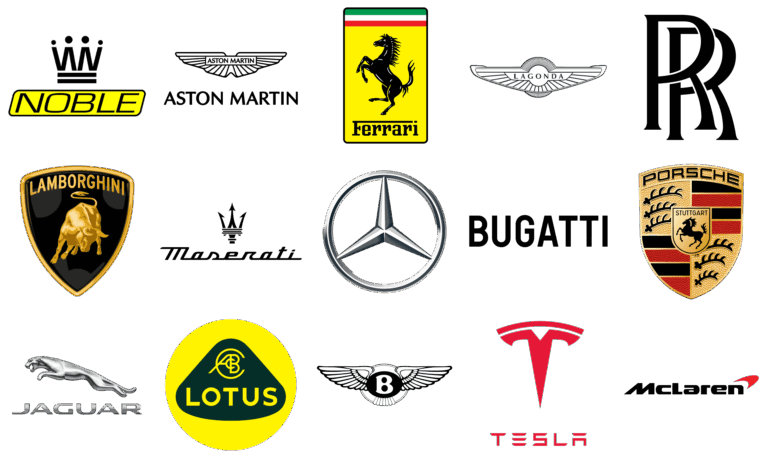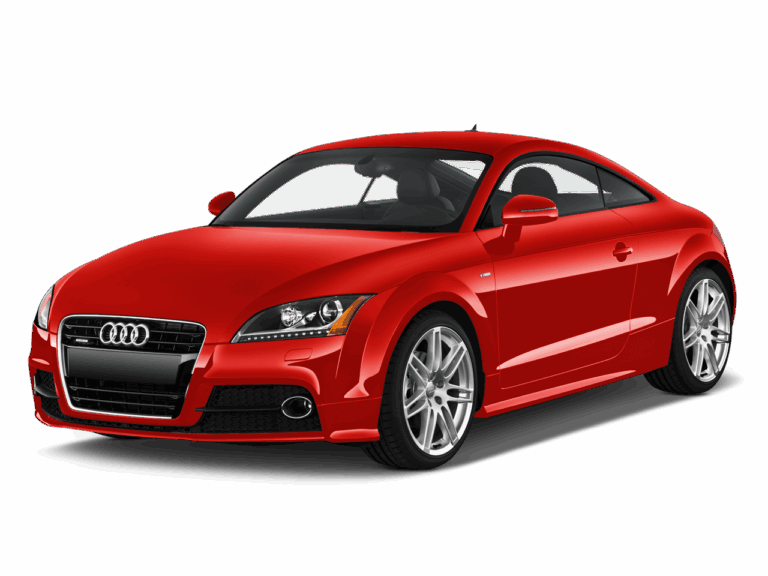2020 Top Car Brands: Navigating a Year of Unprecedented Change
2020 Top Car Brands: Navigating a Year of Unprecedented Change cars.truckstrend.com
The year 2020 will forever be etched in history as a period of profound global disruption, and the automotive industry was certainly not immune. From factory shutdowns and supply chain woes to a dramatic shift in consumer behavior, the landscape for car manufacturers was more challenging and unpredictable than ever before. Yet, amidst this turbulence, certain car brands not only weathered the storm but emerged as leaders, demonstrating remarkable resilience, adaptability, and foresight. Defining "Top Car Brands" in 2020 isn’t merely about sales figures; it’s about recognizing those manufacturers that navigated a global pandemic, economic uncertainty, and rapidly evolving technological demands while maintaining consumer trust and pushing the boundaries of innovation. Understanding these top performers offers invaluable insights into the industry’s future, highlighting the critical factors for success in an increasingly dynamic market.
This comprehensive guide delves into the characteristics that defined the leading automotive brands of 2020, exploring their strategies, successes, and the pivotal trends that shaped their performance. Whether you’re an industry observer, a prospective car buyer, or simply curious about how the automotive world adapted, this article provides a detailed look at the titans who stood out in an extraordinary year.
2020 Top Car Brands: Navigating a Year of Unprecedented Change
The Automotive Landscape in 2020: A Year of Unprecedented Challenges and Resilience
The onset of the COVID-19 pandemic in early 2020 brought the global economy to a grinding halt, with the automotive sector experiencing immediate and severe repercussions. Production lines ceased, showrooms closed, and consumer confidence plummeted, leading to an initial sharp decline in vehicle sales worldwide. Supply chains, already complex and globalized, faced unprecedented disruptions, particularly with the emerging semiconductor shortage that would plague the industry for years to come.
However, 2020 was also a year of incredible resilience and rapid adaptation. Manufacturers quickly pivoted, implementing stringent safety protocols, exploring new digital sales channels, and re-evaluating their product portfolios to meet shifting consumer priorities. The demand for personal mobility, albeit initially dampened, resurfaced with a renewed emphasis on private vehicle ownership over public transport or ride-sharing. Brands that possessed strong financial reserves, agile manufacturing capabilities, diversified market presence, and a clear vision for electrification and digitalization were best positioned to navigate this turbulent environment. The year became a crucible, forging a stronger, more adaptable automotive industry.
Criteria for "Top Car Brands" in 2020
Determining the "top" car brands in a year as anomalous as 2020 requires a holistic approach, moving beyond simple sales volume to encompass a broader range of metrics. Our assessment considers:
- Sales Volume & Market Share: While impacted, these figures still indicate a brand’s reach and consumer acceptance. Global and regional performance are key.
- Brand Value & Reputation: How a brand is perceived in terms of reliability, quality, innovation, and customer satisfaction, often reflected in brand valuation reports (e.g., Interbrand, BrandZ).
- Financial Performance & Stability: The ability to absorb shocks, maintain profitability, and invest in future technologies.
- Innovation & Future Readiness: Progress in electric vehicles (EVs), autonomous driving technology, connected car features, and sustainable practices.
- Adaptability & Resilience: How quickly and effectively a brand responded to the pandemic’s challenges, from production adjustments to digital sales transformations.
- Product Portfolio Strength: The appeal and market relevance of their vehicle lineup, particularly in segments like SUVs and trucks that saw continued demand.
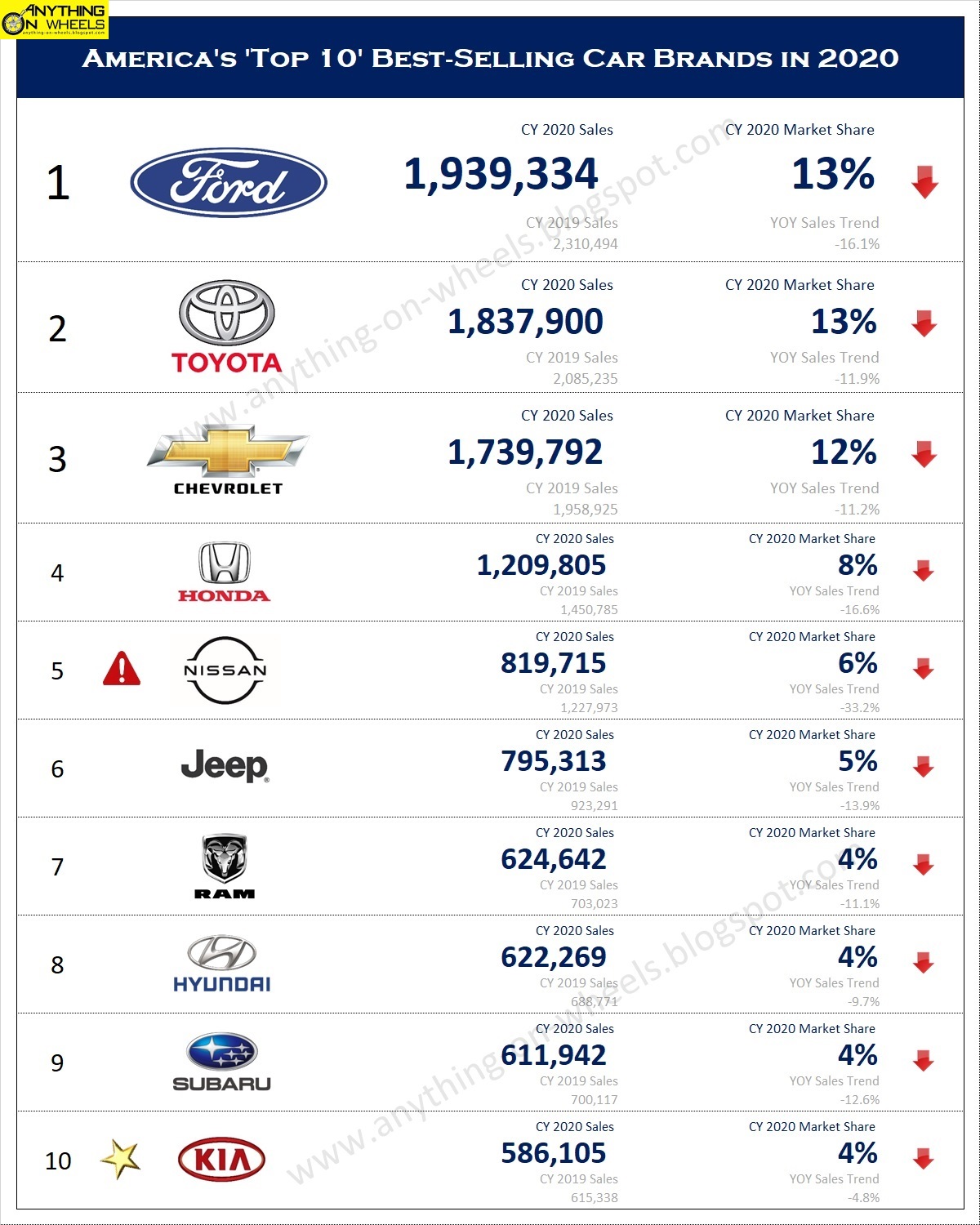
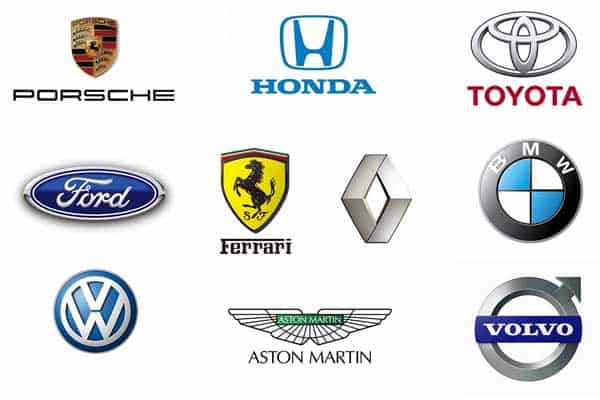
It’s crucial to acknowledge that "top" can be subjective and vary by region or specific metric. However, by combining these factors, we can paint a comprehensive picture of the brands that truly excelled in 2020.
The Dominant Players: A Deep Dive into 2020’s Leaders
Despite the global turmoil, several brands cemented or enhanced their positions as industry leaders. Here’s a closer look at some of the standout performers:
Toyota: The Unwavering Giant
Toyota consistently ranks among the top global automakers, and 2020 was no exception. Known for its legendary reliability, strong resale value, and pioneering hybrid technology, Toyota’s robust supply chain and diversified global manufacturing base helped it weather the initial production shocks better than some rivals. Its broad appeal, from fuel-efficient sedans like the Corolla and Camry to popular SUVs like the RAV4 and Highlander, ensured a steady demand. Toyota’s cautious yet consistent approach to electrification, combined with its established reputation for quality, allowed it to maintain consumer trust and market share even during uncertainty. Their focus on lean manufacturing also helped them adapt production to fluctuating demand.

Volkswagen Group: European Powerhouse with a Global Vision
Comprising brands like Volkswagen, Audi, Porsche, Skoda, and Seat, the Volkswagen Group is a formidable force, particularly in Europe and China. While facing initial setbacks due to European lockdowns, the Group leveraged its vast portfolio to cater to diverse markets. Their early and aggressive commitment to electric vehicles, particularly with the launch of models like the VW ID.3 (though primarily European in 2020), positioned them strongly for the future. The luxury brands, Audi and Porsche, continued to perform well, leveraging their premium appeal and strong brand loyalty. VW Group’s ability to maintain a strong presence across various segments, from mass-market to luxury, proved crucial.
General Motors & Ford: American Resilience and Truck Dominance
In North America, General Motors (GM) and Ford remained dominant players, primarily driven by the enduring demand for pickup trucks and SUVs. Models like the Ford F-Series and Chevrolet Silverado continued to be best-sellers, providing significant revenue streams. Both companies demonstrated agility in shifting production and sales strategies. Ford’s reveal of the all-electric Mustang Mach-E in late 2020 signaled its serious intent in the EV space, while GM also laid out ambitious electrification plans. Their strong domestic market presence and focus on high-margin segments allowed them to absorb losses from other areas and maintain strong overall performance.
Honda: Reliability and Global Appeal
Honda, like Toyota, benefited from its reputation for reliability, fuel efficiency, and strong engineering. Its diverse product lineup, including popular sedans (Civic, Accord) and SUVs (CR-V, HR-V), resonated with consumers globally. While facing production challenges, Honda’s financial prudence and established dealer networks allowed it to recover quickly. Their consistent quality and consumer trust were key assets in a year where buyers prioritized dependable vehicles.
Hyundai-Kia: Value, Design, and Rapid Ascent
The Hyundai Motor Group (Hyundai and Kia) continued its impressive trajectory in 2020, offering compelling value, improved quality, and increasingly stylish designs. Their aggressive expansion into the SUV segment with models like the Hyundai Palisade/Santa Fe and Kia Telluride/Sorento proved highly successful. Crucially, both brands also demonstrated a strong commitment to electrification, with popular EV models like the Hyundai Kona Electric and Kia Niro EV already on the market, positioning them as serious contenders in the future mobility landscape. Their ability to offer competitive pricing without sacrificing features or quality was a major draw.
Mercedes-Benz & BMW: Luxury’s Enduring Appeal
Despite economic uncertainties, the luxury segment showed remarkable resilience. Mercedes-Benz and BMW, perennial leaders in premium automobiles, continued to attract affluent buyers with their blend of performance, luxury, and advanced technology. Both brands pushed forward with their electrification strategies, introducing new hybrid and fully electric models. Their strong brand image, global reach, and robust financial standing allowed them to navigate the crisis while continuing to innovate and invest in future technologies.
Tesla: The Disruptor’s Unstoppable Rise
No discussion of 2020’s top car brands is complete without acknowledging Tesla. While its sales volume was still lower than traditional giants, Tesla’s market capitalization soared, reflecting investor confidence in its all-electric, software-driven approach. The company achieved its first full year of profitability, expanded its Gigafactory network, and continued to dominate the EV market with models like the Model 3 and Model Y. Tesla’s direct-to-consumer sales model also proved advantageous during lockdowns, highlighting the shift towards digital transactions. Its influence on the industry, forcing traditional automakers to accelerate their EV plans, was undeniable.
Emerging Trends and Future Gazing from 2020’s Perspective
The challenges of 2020 accelerated several key trends that will define the automotive industry for years to come:
- Accelerated Electrification: The year underscored the urgency of transitioning to electric vehicles. With regulatory pressures mounting and consumer awareness growing, traditional automakers doubled down on their EV commitments, spurred by Tesla’s success.
- Digitalization of Sales and Service: Lockdowns forced dealers and manufacturers to embrace online sales platforms, virtual showrooms, and remote service options. This shift to a more seamless digital customer journey is here to stay.
- Focus on Sustainability and ESG: Environmental, Social, and Governance (ESG) factors gained prominence. Brands with strong sustainability initiatives, from eco-friendly production to ethical supply chains, garnered more positive attention.
- Supply Chain Resilience: The semiconductor shortage, initially a minor issue in 2020, quickly escalated. This highlighted the critical need for diversified, resilient, and transparent supply chains to prevent future disruptions.
- SUV and Truck Dominance: Consumer preference for larger, more versatile vehicles remained strong, reinforcing manufacturers’ focus on these profitable segments.
Practical Advice for Consumers: Navigating the Automotive Market (and Beyond)
For consumers looking to purchase a vehicle, insights from 2020’s top brands offer valuable guidance:
- Prioritize Reliability and Resale Value: Brands like Toyota and Honda consistently offer strong reliability and hold their value well, which is crucial in uncertain economic times.
- Consider Electrification: If budget allows, exploring EV options from brands like Tesla, Hyundai-Kia, or the growing EV lineups from VW, Ford, and GM, can offer long-term savings on fuel and maintenance, along with environmental benefits.
- Leverage Digital Tools: Take advantage of online configurators, virtual test drives, and remote financing options. Many dealers continue to offer enhanced digital services that began in 2020.
- Research Supply and Demand: Be aware that certain popular models or types of vehicles (e.g., trucks, SUVs) might still face inventory shortages or higher prices due to ongoing supply chain issues.
- Think Long-Term: Evaluate a brand’s commitment to future technologies, sustainability, and customer support. A brand’s performance in 2020 can be an indicator of its resilience and future-proofing.
Challenges Faced by Top Brands in 2020 and Their Solutions
Even the top brands faced significant hurdles in 2020:
- Production Stoppages: Widespread factory shutdowns severely impacted output.
- Solution: Agile manufacturing allowed for quick retooling and restart, prioritizing essential models, and managing existing inventory effectively.
- Supply Chain Vulnerabilities: Reliance on single-source suppliers or specific regions (e.g., for semiconductors) created bottlenecks.
- Solution: Brands began diversifying suppliers, seeking regional alternatives, and building larger strategic inventories of critical components.
- Declining Consumer Demand (Initial Phase): Lockdowns and economic fear suppressed sales.
- Solution: Aggressive incentives, flexible financing options, and a rapid pivot to online sales and contactless delivery helped stimulate demand.
- Shifting Retail Models: Traditional showroom-based sales were no longer viable.
- Solution: Accelerated investment in digital showrooms, virtual consultations, at-home test drives, and streamlined online purchase processes became critical.
- Employee Safety and Morale: Ensuring the health and safety of factory workers and dealership staff was paramount.
- Solution: Implementing strict health protocols, staggered shifts, and clear communication strategies to maintain a safe working environment and boost morale.
Top Car Brands of 2020: An Overview
Here’s a table summarizing key information about some of the top car brands in 2020, including typical entry-level price ranges (approximate, for 2020 models, and highly variable by model and region):
| Brand | Country of Origin | Key Strengths in 2020 | Typical Starting Price Range (USD – Entry Level, 2020 models) | Market Segment Focus |
|---|---|---|---|---|
| Toyota | Japan | Unmatched reliability, strong global supply chain, hybrid leadership, diverse lineup. | $20,000 – $35,000+ | Mass-market, reliable, fuel-efficient, SUV/Truck strong. |
| Volkswagen Group | Germany | Broad portfolio (VW, Audi, Porsche), aggressive EV strategy, strong European presence. | $20,000 – $50,000+ (VW, Audi, Porsche vary widely) | Mass-market to Luxury, diverse offerings. |
| General Motors | USA | Dominance in trucks/SUVs (North America), early EV pivot, strong domestic market. | $25,000 – $45,000+ (Chevrolet, GMC) | Mass-market, Trucks, SUVs, Performance. |
| Ford | USA | Leading truck sales, strong SUV presence, early EV commitment (Mach-E). | $20,000 – $40,000+ (Ford, Lincoln) | Mass-market, Trucks, SUVs, Performance. |
| Honda | Japan | Reliability, fuel efficiency, strong engineering, global appeal. | $20,000 – $35,000+ | Mass-market, reliable, efficient, compact to mid-size. |
| Hyundai-Kia | South Korea | Value proposition, improved design/quality, aggressive EV expansion, strong warranties. | $18,000 – $30,000+ | Value-oriented, rapidly ascending quality, diverse models. |
| Mercedes-Benz | Germany | Luxury, advanced technology, brand prestige, expanding EV offerings. | $35,000 – $60,000+ | Premium Luxury, Executive, Performance. |
| BMW | Germany | Driving dynamics, luxury, innovation, strong brand loyalty. | $35,000 – $55,000+ | Premium Luxury, Sports Sedans, SUVs. |
| Tesla | USA | EV market leader, direct sales model, software innovation, rapid growth. | $38,000 – $50,000+ (Model 3/Y, as of 2020) | Electric Vehicles, Technology-focused, Premium. |
Note: Price ranges are highly approximate for entry-level models in 2020 and do not reflect the vast range of models and trims available from each brand. They serve as a general indicator of the brand’s typical market positioning.
Frequently Asked Questions (FAQ) about 2020 Top Car Brands
Q1: Which car brand sold the most cars globally in 2020?
A1: Toyota Motor Corporation (including Lexus, Daihatsu, and Hino) officially reclaimed the top spot in 2020, surpassing Volkswagen Group for the first time in five years, selling around 9.53 million vehicles compared to VW’s 9.31 million.
Q2: How did the COVID-19 pandemic affect car sales in 2020?
A2: The pandemic led to significant declines in global car sales, particularly in the first half of the year due to lockdowns, factory closures, and economic uncertainty. However, sales began to rebound in the latter half as economies reopened and consumers prioritized private transportation.
Q3: Did electric vehicles (EVs) become more popular in 2020?
A3: Yes, despite the overall market downturn, EV sales saw remarkable growth in 2020, particularly in Europe and China. Tesla’s continued dominance and the introduction of compelling new EV models from traditional automakers like Volkswagen (ID.3) and Ford (Mach-E reveal) significantly boosted interest and adoption.
Q4: What factors determined a "top" car brand in 2020 beyond just sales numbers?
A4: Beyond sales, key factors included financial resilience, adaptability to supply chain disruptions, rapid embrace of digital sales channels, commitment to future technologies (especially EVs), and maintaining strong brand value and consumer trust amidst uncertainty.
Q5: Is it a good idea to buy a 2020 model car today?
A5: Buying a 2020 model car can still be a good option, especially if it’s a well-maintained used vehicle. Many 2020 models benefited from the latest technologies and safety features available at the time. However, it’s essential to consider mileage, condition, and any potential recalls. New car inventory for 2020 models would be extremely limited now.
Conclusion
The year 2020 was a crucible for the automotive industry, testing the limits of production, sales, and innovation. The brands that emerged as "top" were not merely those with the highest sales figures, but those that demonstrated unparalleled resilience, foresight, and adaptability. From Toyota’s unwavering reliability and Volkswagen’s aggressive pivot to electrification, to Tesla’s disruptive ascent and the American giants’ enduring truck dominance, each leading brand showcased unique strengths that allowed them to navigate the storm.
The lessons learned in 2020 continue to shape the industry, accelerating trends like digitalization, electrification, and a renewed focus on supply chain robustness. For consumers and industry observers alike, understanding the performance of these top car brands offers a critical lens through which to view the ongoing transformation of personal mobility. The automotive world of today, marked by rapid change and technological advancement, is a direct legacy of the challenges and triumphs of 2020.
